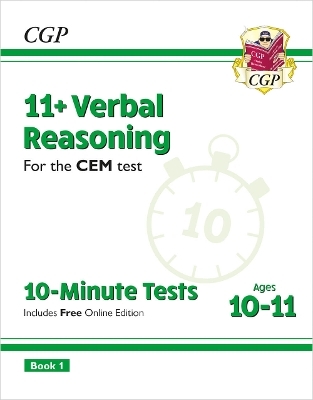
History for the IB Diploma Paper 3
Cambridge University Press
978-1-009-19005-3 (ISBN)
with Worked examples or Exercises
This coursebook covers Paper 3, History of Europe, Topic 16: The Soviet Union and post-Soviet Russia (1924-2000) of the History for the IB Diploma syllabus for first assessment in 2017. Tailored to the Higher Level requirements of the IB syllabus and written by experienced IB History examiners and teachers, it offers authoritative and engaging guidance through the topic.
This coursebook covers Paper 3, History of Europe, Topic 16: The Soviet Union and post-Soviet Russia (1924-2000) of the History for the IB Diploma syllabus for first assessment in 2017. Tailored to the Higher Level requirements of the IB syllabus and written by experienced IB History examiners and teachers, it offers authoritative and engaging guidance through the topic.
Chapter 1. Introduction
Chapter 2. Stalin's rise to power, 1924-29:
2.1. Overview
2.2. What was Stalin's position before 1924?
2.3. How did Stalin win the struggle for power after 1924?
2.4. Why was Stalin able to defeat his rivals?
Chapter 3. Stalin's revolution, 1929-41:
3.1. What were Stalin's main economic policies?
3.2. How successful were Stalin's economic policies?
3.3. What did Stalin do to consolidate his power?
3.4. How did Stalin's foreign policy try to achieve security for the Soviet Union in the 1930s?
Chapter 4. Stalin and the Soviet Union, 1941-53:
4.1. How did the Great Patriotic War, 1941–45, affect the Soviet Union?
4.2. What were Stalin's main political and economic policies,1945-53?
4.3. How did the emerging Cold War affect Stalin's foreign policy after 1945?
Chapter 5. Khrushchev and de-Stalinisation, 1953-64:
5.1. What were Khrushchev's main political reforms?
5.2. How did Khrushchev try to reform the Soviet economy?
5.3. What were the main features of Khrushchev's foreign policy?
Chapter 6. The Brezhnev era: Stagnation and Drift, 1964-85:
6.1. What were the main political developments in the USSR 1964–85?
6.2. What were the main features of the Soviet economy 1964–85?
6.3. How did Soviet foreign policy develop during this period?
Chapter 7. Gorbachev and the years of reform, 1985-89:
7.1. What were Gorbachev's main economic policies 1985–89?
7.2. How did Gorbachev try to democratise the Soviet political system?
7.3. What were the main consequences of Gorbachev's foreign policy during the 1980s?
Chapter 8. The collapse of the Soviet Union, 1990-91:
8.1. What happened with Gorbachev's economic policies 1990–91?
8.2. What happened with Gorbachev's attempts to democratise the Soviet political system?
8.3. Why did the Soviet Union collapse in 1991?
Chapter 9. Yeltsin and post-Soviet Russia, 1992-2000:
9.1. What were the main aspects of Yeltsin's rule in Russia 1992–96?
9.2. How did Yeltsin maintain his rule from 1996-2000?
9.3. Has the 'spectre of communism' been laid to rest?
Chapter 10. Exam Practice
Further Reading
Index
| Erscheint lt. Verlag | 31.1.2022 |
|---|---|
| Reihe/Serie | IB Diploma |
| Verlagsort | Cambridge |
| Sprache | englisch |
| Maße | 153 x 228 mm |
| Gewicht | 470 g |
| Themenwelt | Schulbuch / Wörterbuch |
| ISBN-10 | 1-009-19005-9 / 1009190059 |
| ISBN-13 | 978-1-009-19005-3 / 9781009190053 |
| Zustand | Neuware |
| Informationen gemäß Produktsicherheitsverordnung (GPSR) | |
| Haben Sie eine Frage zum Produkt? |
aus dem Bereich


